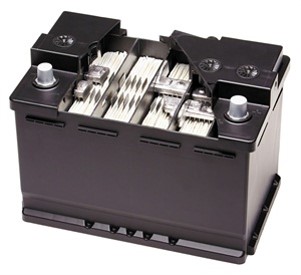Batteries consist of the following basic components: an anode, a cathode, and an electrolyte. However, another key part that is often overlooked is the battery separator. This component is vital to the functionality and performance of batteries. Below, we outline what it is, its origins, and its applications.
Primary Cell Applications of Battery Separators
Lithium metal batteries are sometimes referred to as primary or non-rechargeable batteries. They have two or more cells that are electrically connected together and equipped with the necessary devices. The term “cell” refers to an encased electrochemical unit—i.e., one positive electrode and one negative electrode—that exhibits a voltage differential between the two terminals. One of the most common primary cells is the lithium thionyl chloride cell. In these cells, the separator acts as an electron insulator. It allows the ions to move between electrodes while electrically isolating the electrodes. By performing this function, it prevents short circuiting from occurring.




